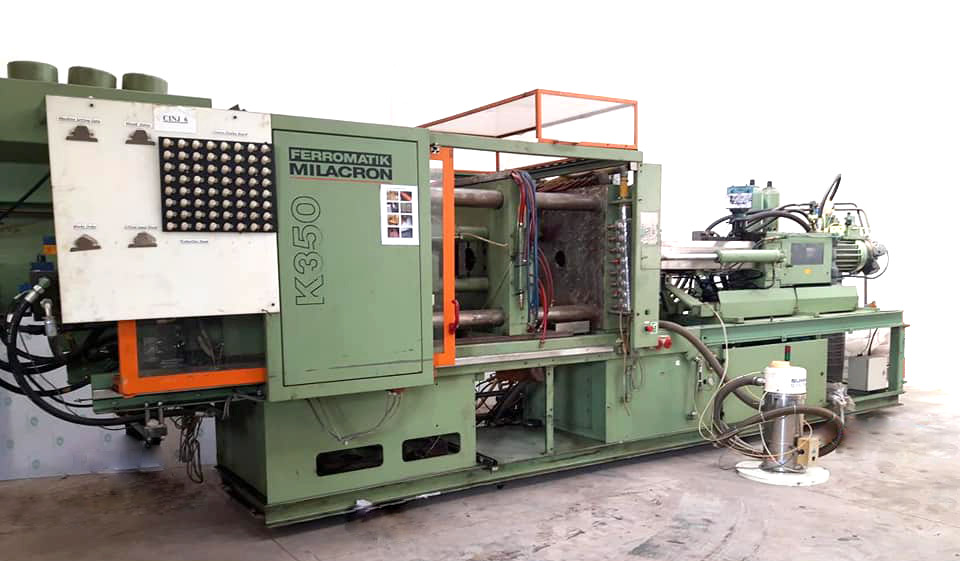The Future of Manufacturing
Today, almost all plastic products are made by injection mold machines.This is because they are extremely fast. However, they have a major limitation – a high setup cost that scales with the complexity of the objects being produced and how fast you wish to produce them. This is because injection mold machines require the creation of expensive tooling, a process that can often take months before production can begin.
The result of this limitation is profound. Products are simplified so they are cheaper to make, designs can't be changed once production begins, and all of this takes place in factories on the other side of the world.
The pros and cons of 3D printing are the reverse.
With no need to create expensive tooling, small production runs cost the same as large ones, and designs can be modified at any time. Since the same 3D printer can make a wide variety of complex parts on demand and without modification, many manufacturing functions can be localized, eliminating shipping costs and tooling time. Most significantly, 3D printing allows product designers and engineers the freedom to optimize objects for the function they will serve, rather than the manufacturing process that must create them.
The problem is, for mass production manufacturing, 3D printers are just too slow. To truly challenge injection mold machines, a high volume per-part output must be achieved.





